Environment
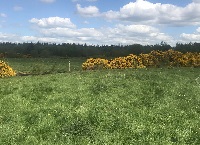
Phosphorus Use on Peat Soils
Phosphorus Use on Peat Soils A recent analysis conducted by the Teagasc Rural Economy and Development programme indicates that approximately 6% of the country (420,000 Ha) is made up of cultivated peats across a wide range of farming intensities. Fiona Doolan, ASSAP Advisor Kildare/Laois, discusses Phosphorus Use on Peat Soils A recent […]
24 March 2021
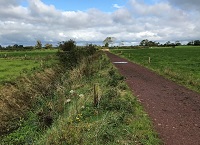
Managing farm roads to protect water quality
Managing farm roads to protect water quality Farm roadways are an essential piece of infrastructure on most livestock farms and in particular dairy farms. Under new Nitrates rules there shall be no direct runoff of soiled water from farm roadways to waters from 1st January 2021. Padraig Fitzgerald, Teagasc Advisor lists the […]
24 March 2021
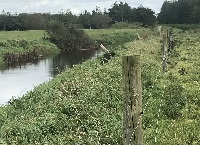
What is a Riparian Margin & what can it do for Water Quality?
What is a Riparian Margin & what can it do for Water Quality? A Riparian Margin is the land that runs alongside our rivers and streams. Here, Fiona Doolan, Teagasc ASSAP Advisor, Co. Laois, talks about a variety of riparian margins. She explains the benefits of a riparian margin on water quality […]
24 March 2021
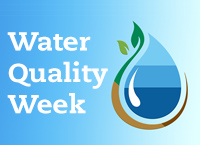
ASSAP – Working with farmers to improve water quality
ASSAP – Working with farmers to improve water quality The Agricultural Sustainability Support and Advisory Programme – ASSAP is in existence since 2018. Advisors are working with farmers in Priority areas for action (PAA) across the country to improve water quality. ASSAP advisors Deirdre Glynn and Cathal Somers give information about the […]
23 March 2021
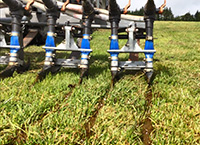
Why LESS is more
Why LESS is more Slurry application on Irish farms was often seen as a chore, done to relieve pressure on slurry storage systems in late winter / early spring, traditionally spread by splashplate. Today this is changing fast with the use of low emission slurry spreaders (LESS), as Eamonn Lynch Dairy Advisor,explains […]
23 March 2021
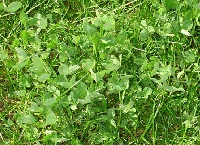
Clover – Why Now?
Clover – Why Now? Ever thought of increasing the diversity in your swards? This can be simply and profitably done across the whole farm over 3 years adding to the health of the soil, animals and consumers as well as reducing losses to water and emissions to the atmosphere. Lane Giles, ASSAP […]
23 March 2021
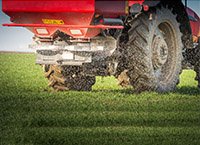
Why You Should Use Protected Urea
Why You Should Use Protected Urea Protected urea allows farmers to spread urea based nitrogen during the growing season without the worry of nitrogen (N) being lost from the field through ammonia emissions. It also reduces greenhouse gas emissions and nitrate leaching when compared to CAN Cathal Somers gives more information Teagasc […]
23 March 2021
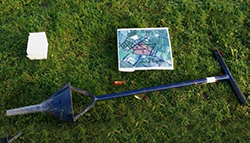
Nitrogen Use Efficiency = Cleaner Water
Nitrogen Use Efficiency = Cleaner Water Deirdre Glynn, Teagasc ASSAP Advisor and Dr. David Wall, Teagasc Researcher both define Nitrogen Use Efficiency (NUE) here. They discuss losses of Nitrogen and how we can avoid this going forward through soil testing, nutrient planning, responsible fertiliser and slurry spreading and more Nitrogen use efficiency […]
23 March 2021
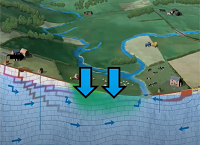
How Nitrate leaching occurs
How Nitrate leaching occurs Nitrate leaching can occur during times of heavy or prolonged rainfall. Free draining soils are particularly susceptible to nitrate loss as it’s very mobile in soil and readily leaches groundwater. The highest risk is in winter and early spring, as Prof Owen Fenton, Teagasc Researcher explains The highest […]
23 March 2021

Catch Crops for Water Quality
Catch Crops for Water Quality There are multiple benefits to using catch or cover crops in a tillage system. In terms of water quality it is the ability of catch crops to reduce nitrate (NO3-N) leaching that makes it a valuable tool for all tillage farmers. Catch or cover crops in a […]
23 March 2021
